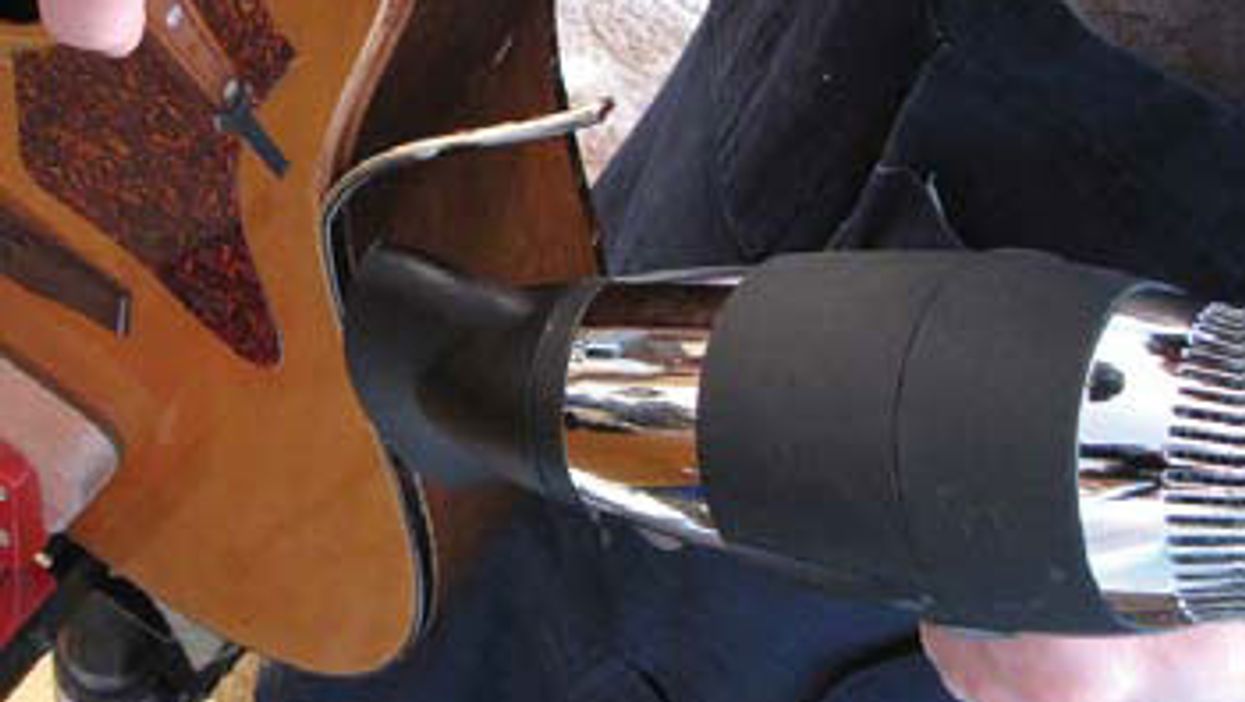Search
Latest Stories
Start your day right!
Get latest updates and insights delivered to your inbox.
hands-on-look-body-binding-decary-prevalent-time-want-better-understanding-mystery-diagnoses-shrinkage-final-crack-immense-tension
Don’t Miss Out
Get the latest updates and insights delivered to your inbox.
Recent
load more

